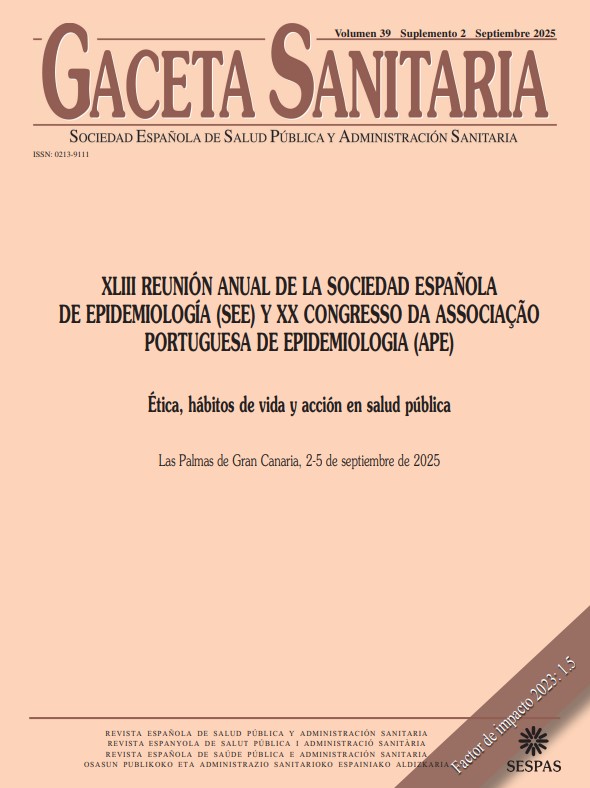228 - THE EMBODIMENT OF PRECARIOUS EMPLOYMENT: EXPLORING HOW MATERIAL AFFECTS CHRONIC STRESS
Departamento de Bienestar y Salud, Universidad Católica del Uruguay; Departament de Sociologia, Universitat Autònoma de Barcelona; Hospital del Mar Nursing School, Universitat Pompeu Fabra-affiliated.
Background/Objectives: Although several studies show that precarious employment (PE) negatively impacts workers' health, further research is needed to understand the pathways linking PE to health deterioration. Adverse living conditions (i.e. material deprivation and risk of poverty) have been suggested as a key mechanism, but empirical evidence connecting them with PE and biomedical health indicators remains limited, especially in stress research, where subjective measures predominate. Stress activates the hypothalamus-pituitary-adrenal (HPA) and gonadal (HPG) axis, however, little is known about PE’s impact on chronic stress through adverse living conditions. This study analyzes the role of material deprivation and risk of poverty as pathway linking PE and chronic stress, measuring their indirect effect in the association between PE and the activity of the HPA and HPG axis in salaried men and women from Barcelona.
Methods: Cross-sectional data were obtained from Barcelona workers (n = 255; 125 men; 130 women). Hair samples measured 23 markers of HPA and HPG steroid production. Decomposition analyses estimated the indirect effects of risk of poverty and material deprivation using linear regression models. Control variables included age, BMI, occupational social class, and family composition. Analyses were conducted in STATA 18 (p < 0.05).
Results: Gender differences emerged in the association between adverse living conditions and steroid production. Among women, material deprivation was most associated with biomarkers (β11-Dehydrocorticosterone = 0.40; 95%CI: 0.09–0.70; βCortisone/11-dehydrocorticosterone = -0.51; 95%CI: -0.86–-0.15). Among men, risk of poverty was more strongly linked (β20βDHF = 0.27; 95%CI: 0.02–0.52; β20αDHE = 0.32; 95%CI: 0.08–0.56; β20βDHE = 0.30; 95%CI: 0.06–0.54; β20αDHE = 0.12; 95%CI: 0.02–0.22; β20αDHF/cortisol = 0.32; 95%CI: 0.01–0.64). Decomposition analysis showed adverse living conditions had an indirect effect on the PE-steroid relationship only in men (β20αDHF = 0.20; 95%CI: 0.00–0.39; β20αDHF = 0.12; 95%CI: 0.00–0.24).
Conclusions/Recommendations: Adverse living conditions play a key role in the PE-steroid production relationship, with significant gender differences. Decomposition analysis confirmed that adverse living conditions mediate the PE-steroid relationship only in men. Gender-specific socioeconomic determinants should be considered when studying PE’s health effects. Further research should explore the biological stress mechanisms linked to labor inequality and their long-term health implications.
Financiación: Spanish MSIU- CSO2017-89719-R.















